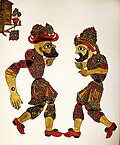
The performing arts are arts such as music, dance, and drama which are performed for an audience. They are different from the visual arts, which involve the use of paint, canvas or various materials to create physical or static art objects. Performing arts include a range of disciplines which are performed in front of a live audience, including theatre, music, and dance.

The following outline is provided as an overview of and topical guide to theatre:
The roots of traditional music in Turkey span across centuries to a time when the Seljuk Turks migrated to Anatolia and Persia in the 11th century and contains elements of both Turkic and pre-Turkic influences. Much of its modern popular music can trace its roots to the emergence in the early 1930s drive for Westernization.

Traditional Vietnamese music encompasses a large umbrella of Vietnamese music from antiquity to present times, and can also encompass multiple groups, such as those from Vietnam's ethnic minority tribes.
The culture of Turkey or the Turkish culture combines a heavily diverse and heterogeneous set of elements that have been derived from the various cultures of the Eastern European, Eastern Mediterranean, Caucasian, Middle Eastern and Central Asian traditions. Many of these traditions were initially brought together by the Ottoman Empire, a multi-ethnic and multi-religious state spanning across Southern Europe, Eastern Europe, the Middle East and North Africa.
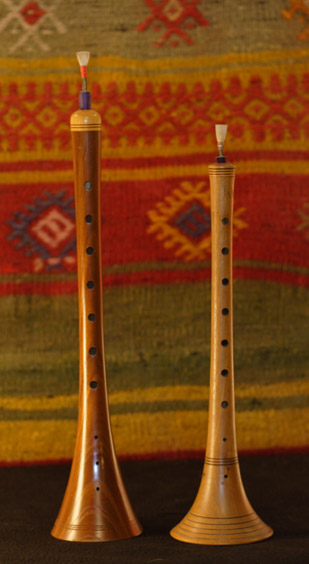
Turkish folk music is the traditional music of Turkish people living in Turkey influenced by the cultures of Anatolia and former territories in Europe and Asia. Its unique structure includes regional differences under one umbrella. It includes popular music from the Ottoman Empire era. After the foundation of the Turkish Republic in 1923, Turkish President Mustafa Kemal Atatürk ordered a wide-scale classification and archiving of samples of Turkish folk music from around the country, which, from 1924 to 1953 collected more than 10,000 folk songs. Traditional folk music was combined with Western harmony and musical notation to create a more modern style of popular Turkish music.

Traditional Japanese theatre is among the oldest theatre traditions in the world. Traditional theatre includes Noh, a spiritual drama, and its comic accompaniment kyōgen; kabuki, a dance and music theatrical tradition; bunraku, puppetry; and yose, a spoken drama.
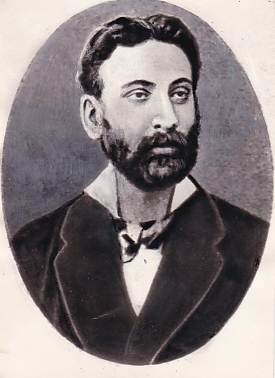
Hagop Vartovyan, better known as Güllü Agop, , was an Ottoman Armenian theatre director as well as an occasional actor. He is widely credited with having laid the bases for Turkey's modern and nationally renowned performing arts institution that became the Istanbul City Theatres. In his qualities of organizer, sponsor and figure of support for writers and spectators, Güllü Agop is one of the 19th century pioneers of the Turkish Theatre art as a whole. He was accepted as the founder of the modern Turkish Theatre. As an Ottoman Armenian, Güllü Agop was regularly showing Armenian shows in his theatre; after 1868, he decided to provide regular Turkish shows

Theatre of India is one of the most ancient forms of theatre and it features a detailed textual, sculptural, and dramatic effects which emerged in mid first millennium BC. Like in the areas of music and dance, the Indian theatre is also defined by the dramatic performance based on the concept of Nritya, which is a Sanskrit word for drama but encompasses dramatic narrative, virtuosic dance, and music. Historically, Indian theatre has exerted influence beyond its borders, reaching ancient China and other countries in the Far East.
Persian theater goes back to antiquity. The first initiation of theater and phenomena of acting can be traced in ceremonial theaters to glorify national heroes and legends and to humiliate the enemy, as in the classics "Soug Sivash" and "Mogh Koshi" (Megakhouni). Ancient Persian theatre and dance was significantly researched by the Greek historian Herodotus of Halikarnassos, who lived during the Persian rule in Greece. In his work Book IX (Calliope), he describes the history of Asian empires and also the Persian wars until 478 BC.

The State Opera and Ballet is the national directorate of opera and ballet companies of Turkey, with venues in Ankara, Istanbul, İzmir, Mersin, Antalya and Samsun. The directorate is bound to the Ministry of Culture and Tourism. As of January 2018, Murat Karahan is the General Director.

Theatre of Vietnam comprises many traditional forms of drama which survive and retain their popularity to varying degrees. It formed during the Đinh dynasty, when the Đại Cồ Việt state was born. Water puppetry is a distinctively Vietnamese art form which arose in the 12th century in which a split-bamboo screen obscures puppeteers, who stand in water manipulating the puppets in front of the screen using long poles. Water puppetry is currently popular with tourists to Vietnam. With the success of the August Revolution in 1945, theatrical art entered a new creative period including a new type of theater based on the music of local folk tunes.

Tigran Gevorki Chukhajian was an Ottoman Armenian composer and conductor, and the founder of the first opera institution in the Ottoman Empire.
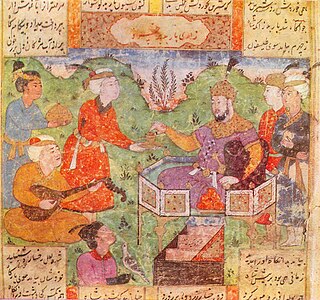
Gusans were creative and performing artists - singers, instrumentalists, dancers, storytellers, and professional folk actors in public theaters of Parthia and ancient and medieval Armenia.
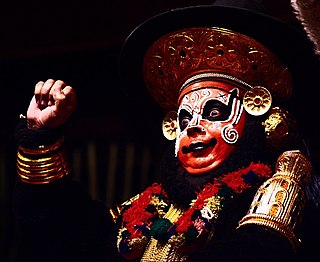
The history of theatre charts the development of theatre over the past 2,500 years. While performative elements are present in every society, it is customary to acknowledge a distinction between theatre as an art form and entertainment, and theatrical or performative elements in other activities. The history of theatre is primarily concerned with the origin and subsequent development of the theatre as an autonomous activity. Since classical Athens in the 5th century BC, vibrant traditions of theatre have flourished in cultures across the world.

İbrahim Şinasi was a pioneering Ottoman intellectual, founder of Turkish dramaturgy, author, journalist, translator, playwright, linguist and newspaper editor. He was the innovator of several fields: he wrote one of the earliest examples of an Ottoman play, he encouraged the trend of translating poetry from French into Turkish, he simplified the script used for writing the Ottoman Turkish language, and he was one of the first of the Ottoman writers to write specifically for the broader public. Şinasi used his newspapers, Tercüman-ı Ahvâl and Tasvîr-i Efkâr, to promote the proliferation of European Enlightenment ideals during the Tanzimat period, and he made the education of the literate Ottoman public his personal vocation. Though many of Şinasi's projects were incomplete at the time of his death, "he was at the forefront of a number of fields and put his stamp on the development of each field so long as it contained unsolved problems."
The Armenian Theater dates to before Roman times and is one of the oldest Eurasian theatrical traditions. Alongside Greek and Roman theatres, it stands as one of the world's most ancient theatres. The ancient and beloved form of theatrical art is lyrical (profound) drama, which exerted its influence on the folklore of the Near East, Balkan, and Apennine peoples. Within this cultural context, Armenian folk and mystical drama, characterized by its dance elements, also took shape. Although the ancient theatre system hasn't been preserved, it has left its linguistic marks.
Koharik Şirinian, also known as Koharik Shirinian(in English) or Koharik Schirinian(in German), was an Ottoman-Armenian actress and soprano.
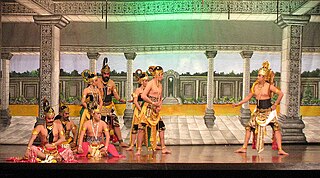
Indonesian theatre is a type of art in the form of drama performances that are staged on a stage, with a distinct Indonesian nuance or background. In general, theatre is an art that emphasizes the performing arts that are displayed in front of a large crowd. In other words, theater is a form of visualisation of a drama that is staged on the stage and watched by the audience. Indonesian theatre includes the performing arts of traditional theater and modern theatre located in the territory of Indonesia. Some examples of Indonesian theater are Arja, Wayang, Wayang wong, Lenong, Ludruk, Janger, Randai and others. Theatre in Indonesia can also be referred to as regional or ethnic theatre, because it originates and develops from 1,300 ethnic cultures in Indonesia.
İsmail Hakkı Dümbüllü, Turkish comedy actor.

